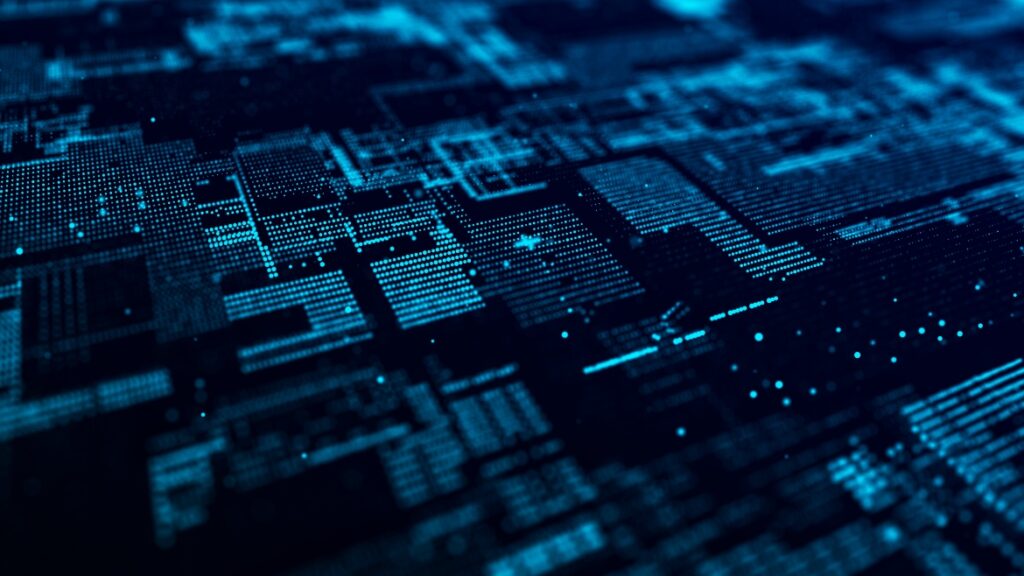Digital forensics plays a crucial role in the realm of cybersecurity, acting as a fundamental component in the investigation and resolution of cyber intrusions. As the frequency and sophistication of cyberattacks continue to escalate, the need for robust digital forensic methodologies has become increasingly apparent. Digital forensics involves the systematic process of identifying, preserving, analyzing, and presenting data from digital devices, aiming to uncover evidence related to cybercrimes and security breaches. This discipline not only assists in understanding how an attack occurred but also helps in identifying the perpetrators and mitigating the impact of such incidents. The importance of digital forensics is underscored by the complex nature of modern cyber threats. Attacks can range from malware infections and ransomware to data breaches and denial-of-service attacks, each requiring specific forensic techniques for effective investigation. In the event of a cyber-intrusion, digital forensic experts must meticulously gather and preserve evidence from affected systems, ensuring that data integrity is maintained. This involves capturing volatile data such as active network connections and running processes, as well as non-volatile data like system logs and stored files.

The preservation of evidence is critical, as it ensures that data remains intact and unaltered, which is essential for both the investigative process and potential legal proceedings. Once evidence is preserved, the analysis phase begins. Forensic analysts use a variety of tools and techniques to scrutinize the collected data, seeking clues that reveal the nature of the attack, its origin, and its impact. This process often involves reconstructing the sequence of events leading up to and following the intrusion, which can provide valuable insights into how vulnerabilities were exploited and what security measures may have failed. Advanced forensic techniques, such as reverse engineering and memory analysis, are employed to uncover hidden or obfuscated data, further aiding in the investigation. The role of digital forensics extends beyond just investigating incidents. It also plays a proactive role in strengthening cybersecurity defenses and go here. By analyzing past intrusions, forensic experts can identify patterns and vulnerabilities that may be exploited in future attacks. This knowledge enables organizations to bolster their security posture by implementing more effective safeguards and response strategies.
Additionally, the findings from forensic investigations can inform the development of security policies and incident response plans, contributing to a more resilient defense against cyber-threats. In the legal context, digital forensics is indispensable for ensuring that cybercriminals are held accountable for their actions. Forensic evidence often plays a pivotal role in court proceedings, providing the necessary proof to support criminal charges and legal actions. The credibility of forensic findings is paramount, as they must withstand scrutiny from both legal experts and defense teams. As such, forensic practitioners must adhere to rigorous standards and methodologies to ensure the reliability and admissibility of their findings. In conclusion, digital forensics is integral to the fight against cybercrime, offering a comprehensive approach to investigating and resolving cyber intrusions. Its role encompasses not only the recovery and analysis of evidence but also the enhancement of cybersecurity measures and support for legal proceedings. As cyber threats continue to evolve, the field of digital forensics remains essential in safeguarding digital environments and ensuring justice in the digital age.